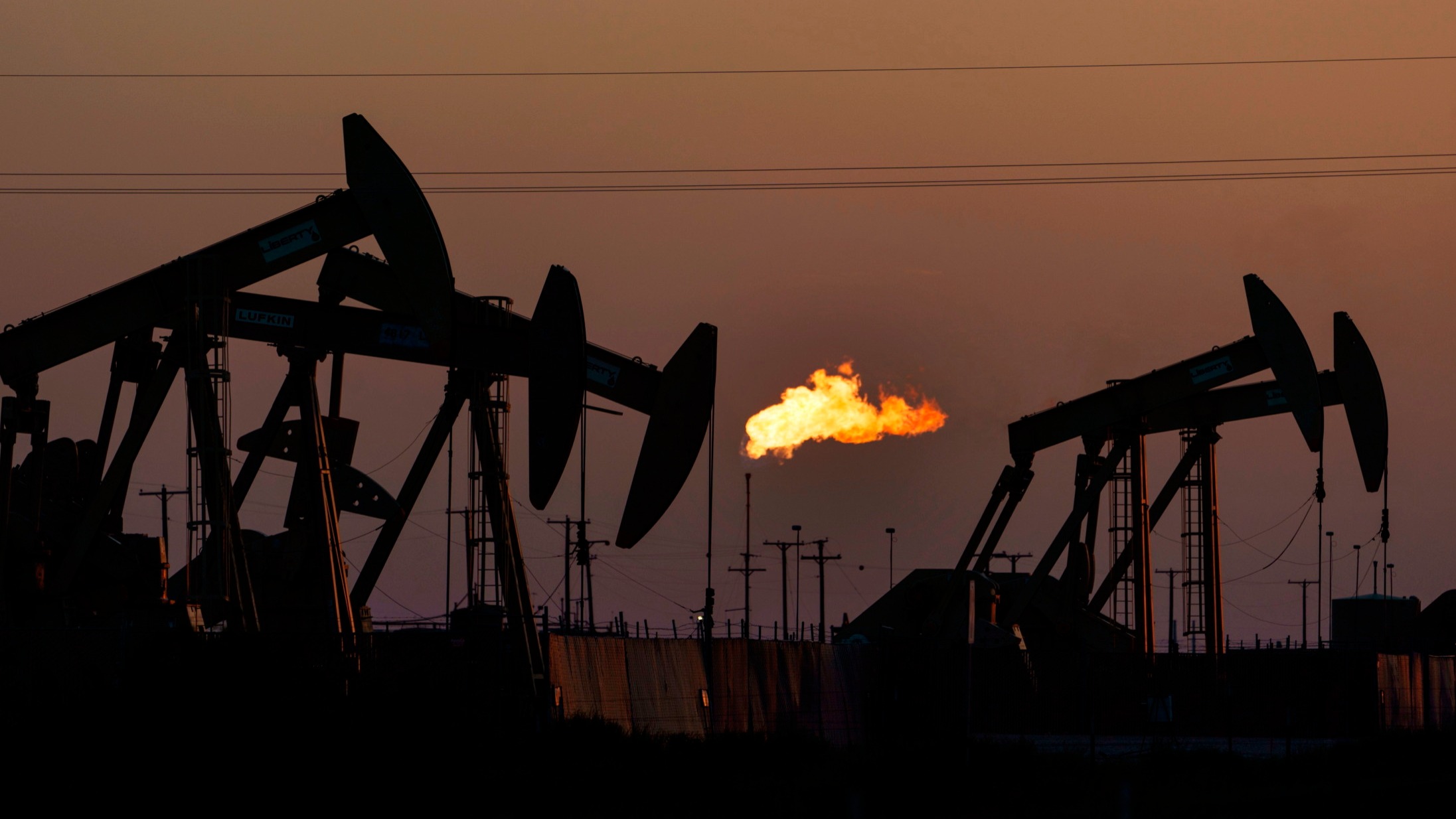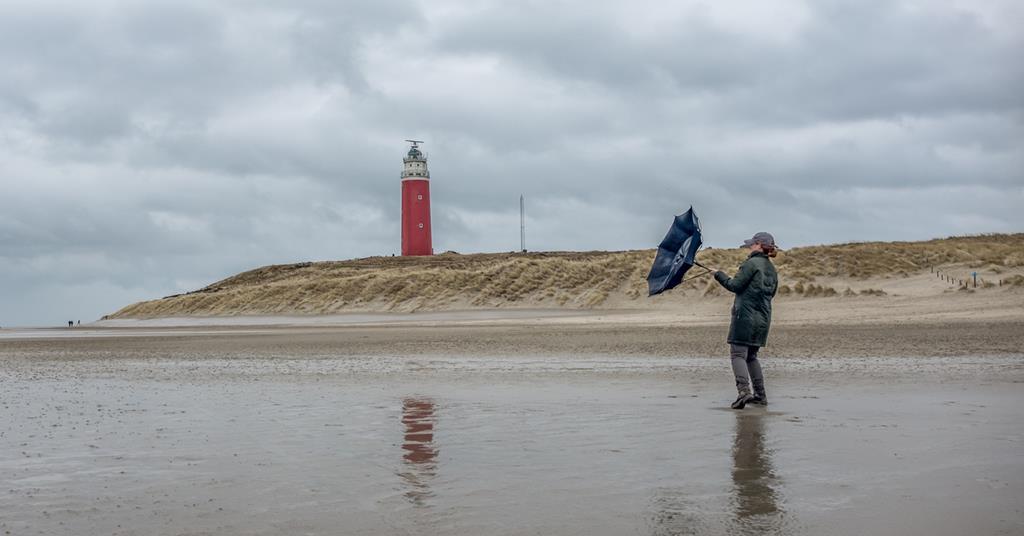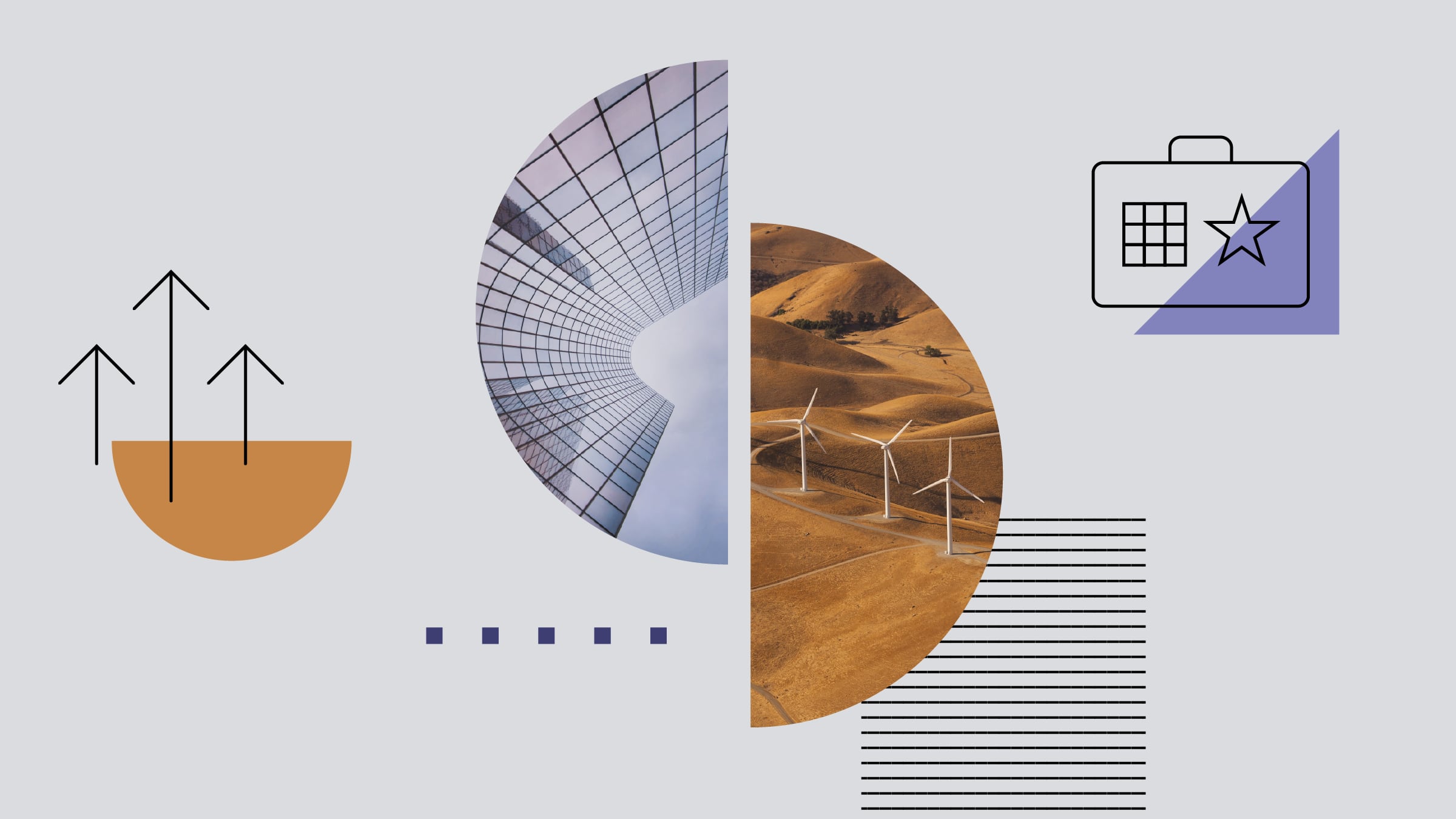Mitigating Financial Risks of Extreme Weather on Renewable Energy Systems

Extreme weather events have increased in frequency and intensity, but renewable energy projects can maintain financial stability through sound technical and financial risk mitigation strategies.
Extreme weather events are on the rise. Climate changes over the last several decades have caused more heatwaves, floods, and droughts across the world, and resulted in increased risk to property, the environment, and human health.
The development of renewable energy has been a cornerstone of efforts to reduce dependence on fossil fuels and limit global warming. But even for renewable project owners at the forefront of accelerating the energy transition, increasing extreme weather presents operational risk and the potential for major financial losses. This paradox within the energy transition presents an urgent challenge that must be overcome through measures such as technical hardening, accurate loss estimations, and innovative risk transfer instruments.
The Growing Threat to Renewable Energy Assets
While all renewable energy assets face increased risk from extreme weather events, solar photovoltaic (PV) projects (Figure 1) have proven to be the most susceptible. Industry experts attribute 80% of financial losses at solar farms to extreme weather, emphasizing the need for enhanced mitigation strategies in design, construction, and operational practices in hazardous regions.
 |
|
1. Investors have poured money into solar photovoltaic (PV) projects in recent years. But in today’s world, the risks to those investments from extreme weather events are a growing concern. Owners should consider risk mitigation solutions and risk transfer options to protect themselves. Source: Envato Elements |
Since 2018, severe weather conditions and associated damage in regions such as the northeastern U.S., California, and Texas have led to a surge in insurance claims. As a result, insurers of solar projects have imposed tighter terms and conditions—premiums have risen by as much as 400%, deductibles have increased to $1 million or 15% of the physical damage limit, and damage coverage is typically capped between $15 million and $40 million even for assets valued at several hundred million dollars. In addition, natural catastrophe (NatCat) coverage often excludes potential issues such as microcracking in PV modules, thereby shifting risk to project owners.
To ensure the long-term financial viability of solar projects, the industry needs a multi-faceted response to hail and extreme weather risk. Improvements are needed in accurately assessing risk of occurrence, quantifying expected damage, implementing technical and operational protections, and adopting financial risk hedging mechanisms.
The Risks Posed by Hail Events
Dramatic changes to the insurance landscape have left large-scale projects with substantial financial exposure. At particular risk are projects located in areas where hailstones exceed three inches in diameter, such as in the central U.S., often referred to as “tornado alley.”
Texas alone has experienced hail-related losses surpassing $600 million since 2018. Major incidents like the May 2019 hailstorm at the Midway project that damaged 58% of solar modules highlight the potentially severe consequences of these events. Experience has shown that even best-practice mitigation strategies, including automated tracker hail stow capabilities and successful one-inch hail resistance testing for modules, can fail to protect PV projects against the occurrence of larger hail.
Hurricane and High Wind Risk
Hurricanes and high-speed wind gusts from severe storms also present a significant threat to PV systems, particularly those improperly designed for high wind loads. Category 3 and 4 hurricanes can loosen bolts, tear modules from their racks, and collapse racking systems. The destructive potential of hurricanes increases exponentially with wind speed. For example, the doubling of wind speeds from 75 miles per hour (mph) to 150 mph can increase damage potential by more than 256 times.
The vulnerability of solar projects to high wind loads was highlighted during hurricanes Irma, Maria, and Harvey in 2017, and Ida in 2021, all of which inflicted significant damage on solar projects across the Caribbean, Puerto Rico, Texas, and Louisiana. Remediation costs varied, but in some cases exceeded 100% of initial project costs, underscoring the need for robust engineering and proactive risk management during the design and installation phases of project development.
In the last five years, hurricane-prone areas like Texas, Florida, and the northeastern U.S. have seen an influx in solar investment. Enhanced protective measures, such as full-tilt wind stow strategies for trackers, reinforced piles, vibration-resistant module connections, adequate support structures under the modules, and site-specific windstorm studies in accordance with American Society of Civil Engineers (ASCE) 7 standards, have been integrated into the design and operation of many projects to mitigate the risk of wind damage.
Initial signs suggest these technical hardening measures have improved project resiliency. For example, in 2022, when Hurricane Ian made landfall in Florida as a Category 4 storm with wind speeds as high as 150 mph, few newer-generation facilities reported significant losses and damage.
While the effectiveness of advanced technical mitigation measures suggests a promising path forward, the financial risks from hurricanes remain significant, and insurers have applied strict sub-caps and high deductibles to storm-related coverages. By continuing to implement cutting-edge technologies and innovative risk transfer instruments, the solar industry can enhance project resilience, reduce wind-related risk, and better ensure financial viability.
Enhancing Loss Estimation Accuracy
Accurate estimation of losses from severe weather events is crucial for solar asset owners to assess financial risk, secure appropriate insurance coverage, and ensure project resilience. However, estimating hail- and wind-related financial losses remains a complex challenge. Probable maximum loss (PML) studies, commonly used to evaluate financial risk, have often significantly underestimated actual losses—sometimes by a factor of almost 300 for recent hail events. These miscalculations can arise from underestimating expected maximum hail size, wind conditions, and the effective implementation of mitigation strategies. To address these shortcomings, the industry must enhance PML modeling accuracy and re-evaluate risk management approaches to ensure financial protection against extreme weather events.
A recent positive step has been significant efforts within the solar industry since 2023 to share lessons learned from severe hail losses. The prevalence of success stories and null events—instances of hail events without major damage—have also increased but are harder to come by.
DNV has worked on at least nine major hail loss cases between 2017 and 2024, seven of which occurred in Texas. DNV understands that seven out of these nine projects had some level of hail stow strategy in place, yet, still experienced significant hail losses, raising concerns about the reliability of these strategies during actual hail events. A persistent concern is whether project operators can consistently receive hail warnings and achieve tracker hail stow before the occurrence of hail. This timing issue could be one of the reasons projects with seemingly appropriate hail stow strategies can still suffer substantial losses.
DNV and other technical advisory firms have recently made a concerted effort to improve hail loss quantification for solar projects through improved accuracy of hail occurrence and damage projections. A primary goal of this work is to help developers achieve better coverage costs and terms from insurance providers and thereby reduce the cost of carrying hail risk. More accurate risk quantification also equips developers with a better understanding of the expected costs of solar project ownership, gaps between insurance coverage and expected cost scenarios, and additional financial and risk mitigation strategies that may be required. Finally, a better understanding of hail risk associated with different system designs allows developers to understand the cost-benefit equation related to more resilient equipment. This understanding may result in a market signal to original equipment manufacturers (OEMs) to offer products with greater hail resilience, and for OEMs to assume greater responsibility for potential losses through more robust warranties.
The Financial Impact of Extreme Weather and Recovery Challenges
When a solar farm sustains hail or wind damage, the financial consequences extend beyond immediate repair costs. Insurance policy deductibles, production losses, increased premiums, and legal disputes all contribute to the economic burden. Additionally, the repair process is labor-intensive and costly, potentially requiring more effort than the initial installation.
If damage is not promptly addressed, tax equity investors and credit purchasers may face financial risk due to potential IRS recapture of investment tax credits (ITCs) within five years of the project’s service date. While some insurers may offer specialized products to mitigate these risks, inadequate coverage can lead to severe financial instability.
Innovative Risk Transfer Instruments
To manage financial risks effectively, renewable energy projects should leverage risk transfer instruments designed to shift risk away from project owners to parties more suited to carry these risks. These instruments can include:
- Parametric Warranties and Insurance Policies. These instruments transfer specific risks to equipment manufacturers or contractors. For example, if a manufacturer certifies modules against two-inch hail, damage within this threshold may be covered under the warranty, thereby reducing insurance costs.
- Long-Term Service Contracts. These contracts transfer operational risks (such as guaranteed tracker stowing) to service providers. Such structures are common in the wind industry and can be adapted for solar projects.
- Catastrophe Swaps and Event-Linked Bonds. These instruments diversify risk by enabling project owners to exchange exposure with other parties or raise funds in case of disasters.
- Resilience Bonds and Insurance-Linked Loan Packages. These tools provide liquidity for recovery efforts following extreme weather events. Examples of catastrophe bonds include the California Earthquake Authority (CEA) and the Florida Hurricane Catastrophe Fund (FHCF).
By incorporating these financial mechanisms, solar project owners can better safeguard their investments against natural catastrophes.
A Robust Future
Despite the increasing frequency of extreme weather events, renewable energy projects can maintain financial stability by implementing robust technical and financial risk mitigation strategies. Key steps are to improve the forecasted probability and impact of severe weather events, and to build resiliency within project equipment and designs. In addition, by implementing risk transfer instruments like parametric warranties, insurance policies, and long-term service contracts, as well as financial derivatives, catastrophe bonds, and contingent products, project owners may be able to efficiently and effectively manage these risks.
A comprehensive approach—including reinforced PV modules, smart tracker stow strategies for wind and hail, and financial hedging instruments—will ensure the resilience, sustainability, and profitability of solar assets in high-risk locations. By adopting these strategies, the renewable energy industry can continue to thrive despite the challenges posed by extreme weather.
—Hamid Gerami, PE is a risk management consultant for Energy Systems with DNV.
link






